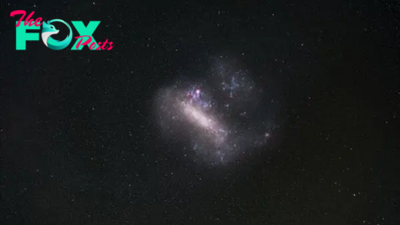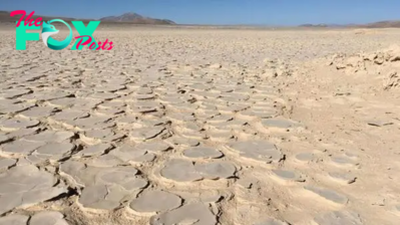Science
Dead star with 'metal scar' on its face likely killed and ate a planet in our galaxy, study finds
Astronomers have discovered a weird white dwarf star with a metallic scar on its surface — the last remnant of a hapless planet consumed by the killer star.
The white dwarf, called WD 0816-310, is a superdense husk of a dead star located 63 light-years from Earth. Astronomers previously assumed that the fragments of planets or asteroids shredded and consumed by white dwarfs are eventually spread evenly across their surfaces.
But new observations of the Earth-size embers of the dead star, published Feb. 26 in The Astrophysical Journal Letters, has revealed that the leftovers from one of its meals became locked in place by powerful magnetic fields, creating a dark metallic streak across its surface.
Related: 'Finally, we have the evidence': James Webb telescope spots neutron star hiding in wreckage of famous 1987 supernova
"It is well known that some white dwarfs — slowly cooling embers of stars like our Sun — are cannibalising pieces of their planetary systems," lead author Stefano Bagnulo, an astronomer at Armagh Observatory and Planetarium in Northern Ireland, said in a statement. "Now we have discovered that the star's magnetic field plays a key role in this process, resulting in a scar on the white dwarf's surface."
White dwarfs form when stars between one-tenth and eight times the mass of the sun run out of fuel for nuclear fusion. When this happens, the stars slough off their outer layers like the rind of a fruit, revealing a compact, dense, white-hot core that slowly cools over time.
About 97% of the stars in the Milky Way, including the sun, are destined to become white dwarfs, according to a 2001 study in the journal Publications of the Astronomical Society of the Pacific. Still, the compositions and capabilities of these ultradense balls remain Mysterious in many ways.
To investigate WD 0816-310, the researchers used the Very Large Telescope in Chile to monitor the white dwarf for two months. They noticed that as the zombie star rotated on its axis, the metals the telescope picked up changed rapidly and matched up with changes in the white dwarf's magnetic field.
—Mysterious deep-space object could be the smallest black hole ever discovered — or the heaviest neutron star
—James Webb telescope spots galaxies from the dawn of time that are so massive, they 'shouldn't exist'
—Black holes may be swallowing invisible matter that slows the movement of stars
Taken together, these two observations imply that WD 0816-310's polar magnetic field had "funneled" the metallic leftovers of one of its meals onto one of the white dwarf's magnetic poles, leaving behind a scar.
"This scar is a concentrated patch of planetary material, held in place by the same magnetic field that has guided the infalling fragments," co-author John Landstreet, a professor emeritus at the University of Western Ontario and a visiting professor at the Armagh Observatory and Planetarium, said in the statement. "Nothing like this has been seen before."
The researchers think that by finding more of the scarred husks, they could gain some unique insight into star systems beyond our own — even if the observations are being made long after these systems' demise.
-
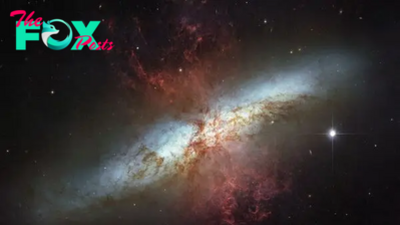
 Science1d ago
Science1d agoEnormous explosion in 'Cigar Galaxy' reveals rare type of star never seen beyond the Milky Way
-
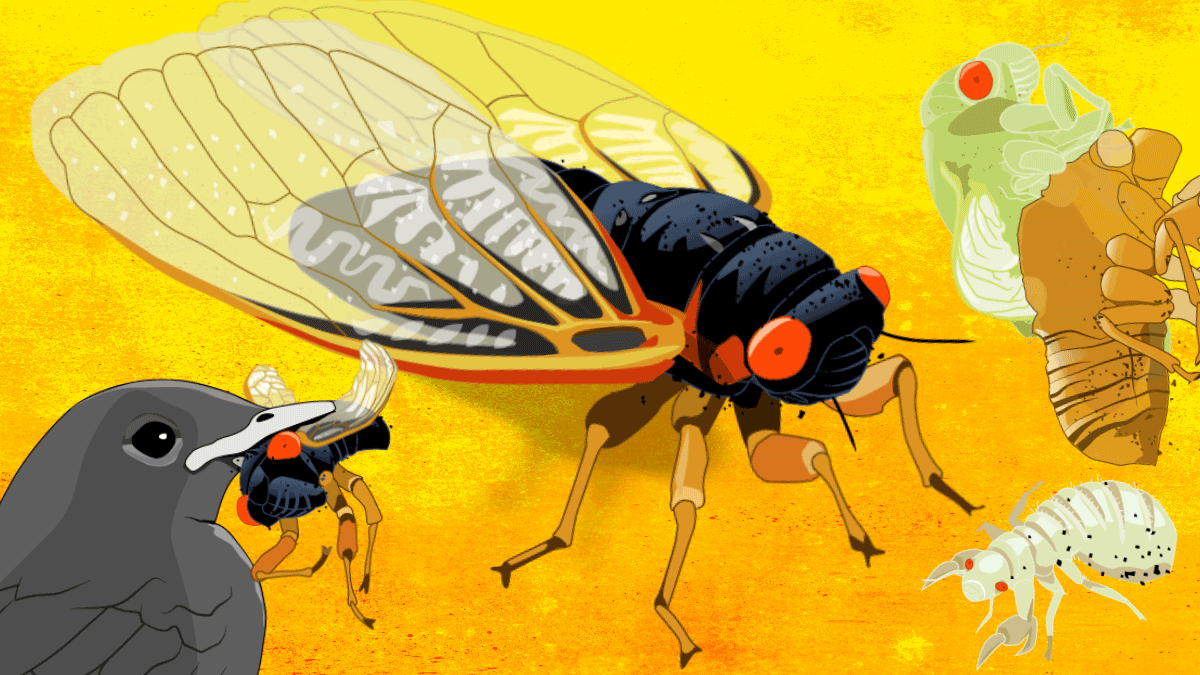
 Science2d ago
Science2d agoAn Animated Guide to the Rare 2024 Cicada Co-Emergence
-

 Science2d ago
Science2d agoHow Cloud Seeding Works and Why It’s Wrongly Blamed for Floods From Dubai to California
-
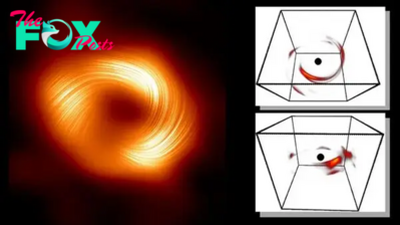
 Science2d ago
Science2d agoExplosive black hole flare from the center of our galaxy reconstructed from 'a single flickering pixel' using AI and Einstein's equations
-
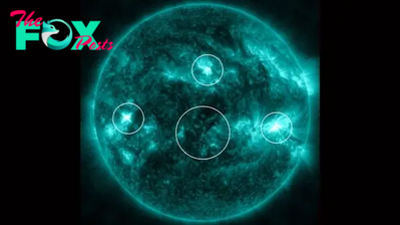
 Science2d ago
Science2d ago4 solar flares simultaneously erupt from the sun in rare 'super' explosion — and Earth could be hit by the fallout
-

 Science3d ago
Science3d agoAn extra moon may be orbiting Earth — and scientists think they know exactly where it came from
-

 Science3d ago
Science3d agoAfter months of sending gibberish to NASA, Voyager 1 is finally making sense again
-

 Science3d ago
Science3d agoMassive heat wave and a supercell thunderstorm caused deadly, baseball-sized hailstones to rain down on Spain


